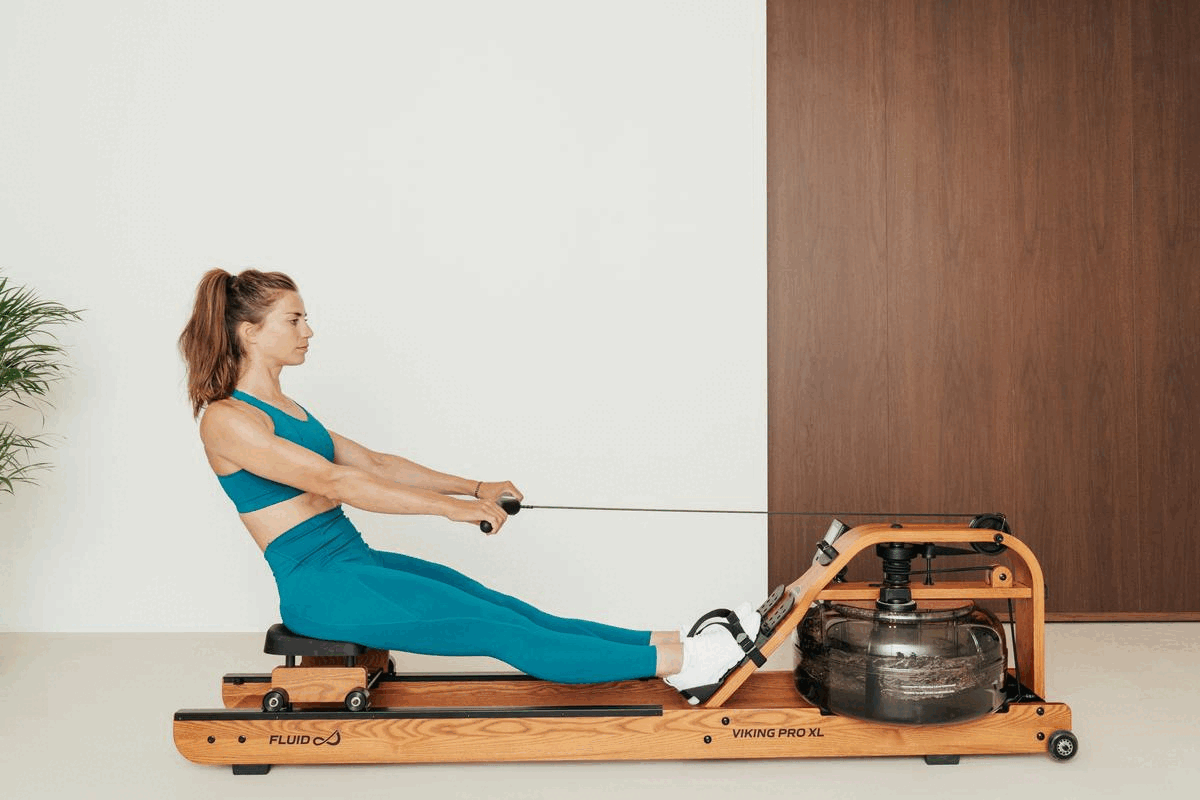Each Fluid Rower has an ‘instant catch’ thanks to a modification in the blade of the water tank. This means that resistance is felt continuously with every rowing stroke, from start to finish. Most other water resistance rowing trainers don't have this, which means the resistance is uneven.

Each rowing stroke can be displayed as a graph, the so called rowing curve. This is a graphical representation of the force you apply during each phase of the rowing stroke.
It shows how your power output changes over the course of one complete stroke. Understanding this curve can help you analyze and improve your technique to achieve better results.
The rowing curve basically consists of two phases: the drive phase and the recovery phase.

This is the phase where you apply force and immediately experience the instant catch. You work against the resistance to move the seat and handle. The force is transmitted through the handle, causing the water to generate resistance. The force gradually increases as your legs extend and your core and back muscles engage.

After the drive phase, you transition into the recovery phase where you smoothly return to the starting position while preparing for the next stroke. The force applied during the recovery phase is generally minimal but controlled. The handle moves back towards the rower, allowing your legs to bend and your body to move forward.

A well-executed rowing stroke should ideally display a smooth pattern. Any irregularities or abrupt changes in the curve may indicate areas where your technique can be improved. For example, a dip or sudden drop in the force curve during the drive phase might suggest a lack of leg engagement or improper posture. Similarly, inconsistencies during the recovery phase could indicate issues with coordination and control.